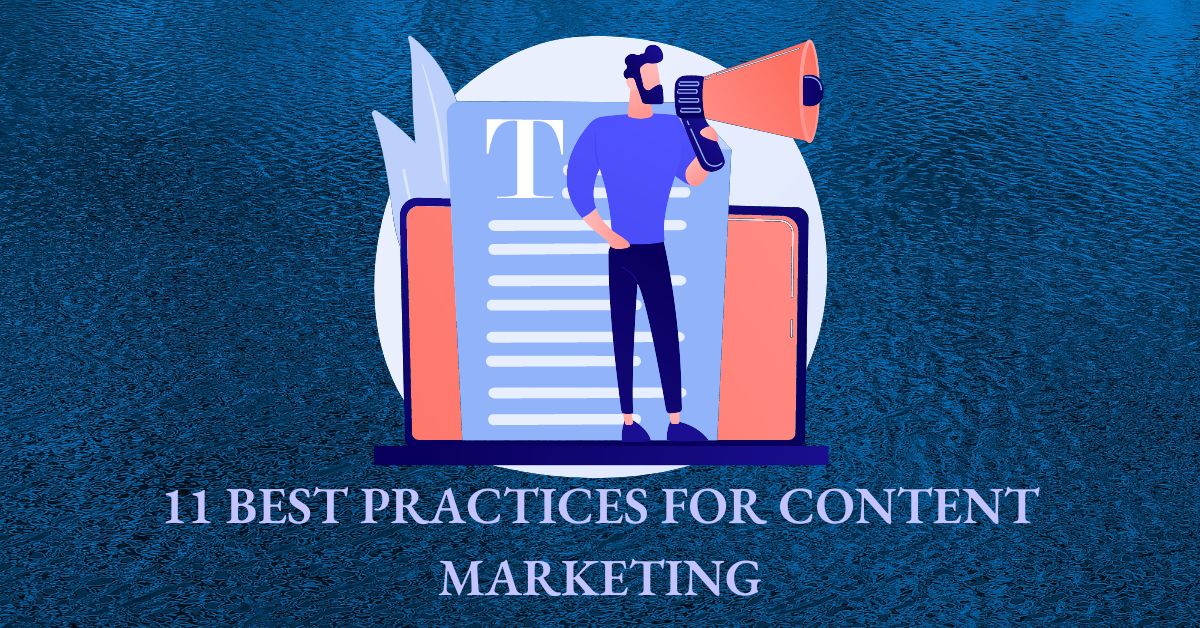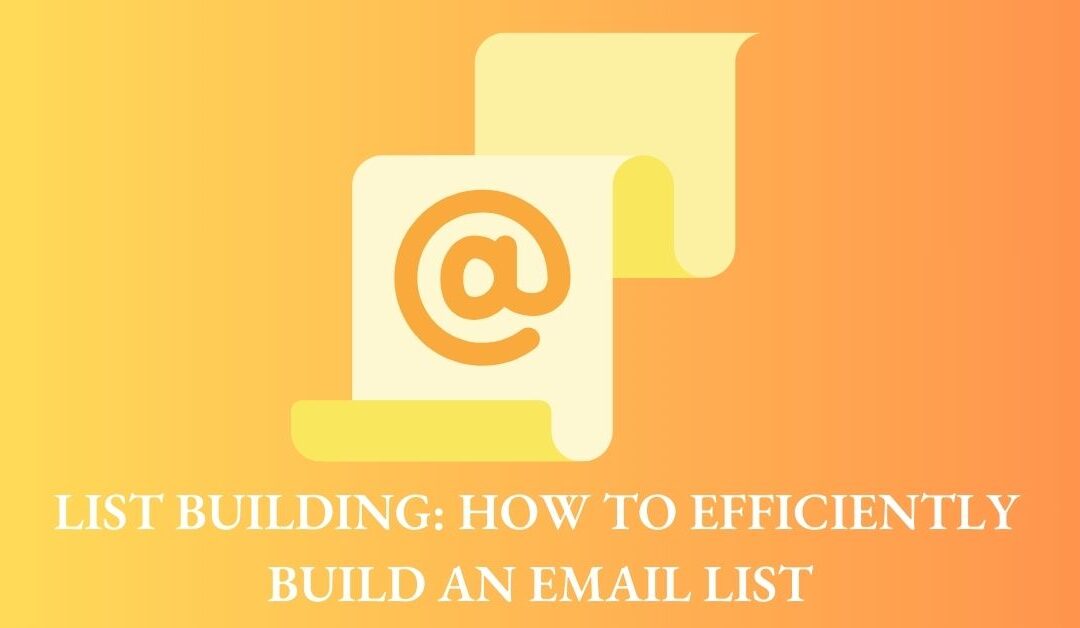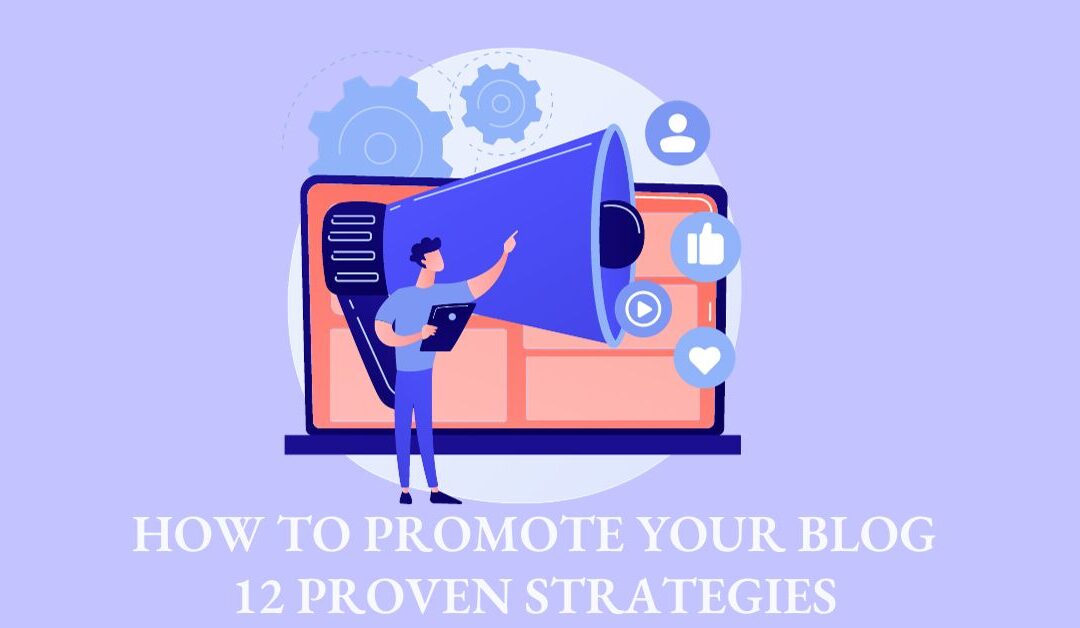Content marketing is ideal for engaging with the audience and increasing brand awareness. However, your business can only benefit from content marketing if you have an excellent strategy. A successful content marketing strategy considers the target audience, budget, and business goals. This document will discuss 11 best practices for content marketing to create high-performing content.
1. Identify Your Target Audience
The first step toward a successful content marketing strategy is identifying your target audience. Like other marketing strategies, content marketing also involves time, effort, and money, so it is critical to identify your target audience to save resources. Even massive traffic to your site may only increase your revenue if you are targeting the right audience.
Your target audience consists of people likely to convert into customers or followers. They share some characteristics, such as age, gender, education, income level, marital status, location, and purchase history. For example, for selling gaming accessories, your target audience would be young boys between 14 and 30 years of age, primarily students. Similarly, if you sell baby products, your target audience would be married women between 18 and 40.
You can identify your target audience by:
- Analyzing existing customer data to understand their demographics, such as location, age, income level, and gender.
- Conducting market research with the help of surveys and feedback.
- Researching your competitors to know the set of audiences they are targeting.
- Monitor and identify people who often like, share, and comment on your social media posts.
2. Understand Your Target Audience
Understanding the audience is among the top best practices for content marketing. It is equally important as identifying the audience. After determining your target audience, look for answers to the following questions regarding your target audience:
- What are their pain points?
- What are their challenges, queries, and problems?
- Who do they trust? Do they trust reviews or influencers?
- Why would they make a purchase?
- What affects them negatively? What are they sensitive about, and what are their dislikes?
An effective marketing strategy creates content to address its target audience’s challenges, queries, and problems. It also considers how to influence the target audience and gain their trust. Additionally, it pays attention to not only their likes but also their dislikes.
3. Identify Platforms Where You Can Find Target Audience
Your target audience may use different platforms for accessing information. Therefore, it is critical to identify platforms where your target audience spends the most time.
For example, you can create your blog or write guest posts on other sites to reach your target audience. Similarly, if your target audience is young, you will likely find them on social media platforms. If you want to create your blog, WordPress, Squarespace, Wix, and Weebly are the top blogging platforms you can try. You can also make your blog posts shareable by including social sharing buttons on each of your posts. Many WordPress plugins, such as Novashare, can be used to add social sharing buttons to posts.
If your target audience has professionals, creating podcast episodes may be most suitable for you. PodBean, Buzzsprout, and Blubrry are top podcasting platforms you can use to host podcast episodes. On the other hand, if you provide teaching services, your target audience will spend the most time on platforms providing Ebooks and online courses. For example, Amazon’s KDP, Kobo Writing Life, Draft2Digital, and Smashwords are widely used platforms where you can sell and publish your Ebooks. In contrast, you can use platforms like Teachable, Thinkific, and Kajabi to create and sell online courses.
4. Choose the Right Format of Content that Best Suits Your Niche
Choosing the correct content format is also among the best practices for content marketing. Although I recommend creating content in multiple formats, there has to be one specific format you will focus more on. For example, the ideal content format for a food blog is written text, while you would focus more on video tutorials for teaching graphic design.
You can use many ways to identify which content format is best for you. For example, analyzing competitor websites can give you an insight into what your target audience already likes. You can also conduct market research to know the preferred content format of your target audience.
As I stated earlier, the chosen format will not be the only format you will use to create content. Instead, it will be your basic format, and you will rely on other forms for maximum outreach. If your target audience uses multiple platforms, create content for different platforms.
You can also use email and social media marketing with a blog post. Email marketing is beneficial if you want to market different content to various segments of customers. Getresponse, AWeber, ActiveCampaign, Brevo(formerly Sendinblue), and ConvertKit, are the top email marketing tools used to market content.
5. Set SMART Goals and Decide Key Performance Indicators (KPIs)
One of the best practices for content marketing is to set goals and decide on KPIs to measure the actual performance of these goals. Your content marketing strategy can only succeed once it has SMART goals. SMART goals are specific, measurable, realistic, relevant to your business, and time-bound.
Creating content to keep your blog active is not a goal. Although it may increase traffic to your site because Google likes sites creating regular content, the content does not serve any real purpose. Furthermore, creating content requires time and resources, which would waste if you have not set SMART goals.
SMART Goals
Before creating content, you should have a simple goal to benefit your business. For example, you can create content to achieve the following objectives:
- Boost brand awareness.
- Social media engagement.
- Educate customers.
- Entertain audience.
- Inspire customers.
- Acquire backlinks.
- Rank higher in SERPs.
- Improve conversions.
- Generate revenue.
- Enhance brand loyalty.
Remember, setting multiple goals for a single piece of content can cause achieving none. It is only possible to optimize content for some goals. For example, for a higher rank in SERPs, the content must be long-form, while engaging customers on social media, the content must be straightforward. Therefore, set a relevant and specific goal for each piece of content you intend to create.
An essential feature of SMART goals is that you can measure them. Therefore, for each goal, decide on key performance indicators (KPIs) to quantify actual performance. For example, the key performance indicators for brand awareness are site traffic, page views, bounce rate, time spent on the page, subscription sign-ups, and mentions. Similarly, the KPIs for revenue and conversions are daily sales, average sale orders, and shopping cart abandonment rate.
You can analyze your site traffic using Google Analytics, a free service. You can use MonsterInsights, a popular WordPress plugin, to connect your WordPress site with Google Analytics.
6. Choose the Ideal Content-Type for Each Piece of Content
Choose an ideal content type based on the goal you want to achieve from the piece of content. For example, if you are creating content to earn backlinks, focus on the types of content that attract the most, such as original research, how-to posts, opinion posts, and list posts. Similarly, focus on quizzes, tests, surveys/polls, social media posts, and webinars to improve conversions. You can use several platforms or solutions, like Livestorm and Demio, to create and manage webinars.
7. Set a Budget
Setting a budget is another best practice for content marketing. It is critical to avoid complications or compromises. It also helps you decide which resources you can afford. In the absence of a budget, you may compromise on one thing to spend on another one. To set a budget, consider the following:
- Tools or plugins required to create and optimize content. For example, you may use a content optimization tool such as Surfer and Frase to get valuable suggestions to improve content for SEO.
- Tools or technologies required to create a specific content format. For example, invest in tools like Canva and Visme to create attractive and engaging infographics. Similarly, you may have to invest in tools like Doodly, Moovly, Vyond, Powtoon, Adobe Animate, and Animaker. to create video animations.
- Tools or services required to check grammar or plagiarism, such as Grammarly, ProWritingAid, and WhiteSmoke.
- Salaries of professionals you may have to hire for different services, such as proofreading, editing, designing, etc.
- Any other costs involved, such as hosting costs and costs associated with paid ads.
8. Repurpose Existing Content
Repurposing existing content is one of the most effective best practices for content marketing. A content marketing strategy’s success depends on how often you create content. However, regular content creation can be a challenging task requiring extensive resources. Therefore, most content marketers like to repurpose old content into different formats.
For example, you can turn your posts into videos or podcast episodes if you have a blog. Alternatively, you can turn podcast episodes into blog posts if you have podcast episodes or videos. Remember, repurposing content differs from creating duplicate content in a different format. Instead, repurposing involves making specific changes according to the target format and platform in terms of content structure, content length, and information.
One of the best examples of content repurposing is converting multiple articles into an ebook. Then, you can sell your ebook or allow your subscribers to download it for free as an incentive.
9. Keep SEO in Mind
Content marketing and SEO complement each other. Your content must rank higher in SERPs to achieve maximum benefits from content marketing. It is because potential customers and searchers turn to search engines to find answers to their queries. If your site content does not rank higher, there is no way your target audience will get to know about you. Therefore, paying attention to SEO is another best practice for content marketing. The following are the major aspects of SEO you should consider:
Research Keywords
Choosing or selecting keywords has an enormous impact on your search engine ranking. Targeting highly competitive keywords may keep you from ranking higher in SERPs. While targeting keywords with low search volume will keep you from reaching out to the target audience. Therefore, you must research keywords to create a list of those with have high search volume and are not highly competitive. There are several SEO tools, such as SEMrush, Serpstat, and SpyFu, that you can use for keyword research.
Avoid Keyword Cannibalization
Keyword cannibalization is a severe SEO problem you may suffer from and may not even know. It happens when two or more pages have the same target keyword. As a result, more than one of your pages will rank in search engine result pages for a single search query. It is confusing not only for the user but also for the search engines. Therefore, you must find cannibalization issues in your content and fix them immediately for SEO.
Find and Fix Content Gaps
Despite having all the relevant information regarding your target audience, your content may not deliver what your audience expects. This gap between what you have created and what your target audience expects is called a content gap, and it needs to be fixed immediately for effective content marketing. Following are some examples of content gaps:
- The content is not created for all stages of the customer buying journey.
- The content is not designed for an audience of all knowledge levels, such as intermediate and advanced.
- Essential topics that may interest your audience are not covered.
- The content lacks data, statistics, and examples.
- The content needs to be updated and has obsolete information.
10. Find Gaps in the Market
Gaps in the market provide a golden opportunity to market your product or services and target your audience. Following are the gaps you should look for:
- Competitors’ content that is outdated or results in a 404 error.
- Exploit promising platforms that your competitors are ignoring.
Finding and filling the gap is an opportunity you would want to take advantage of.
11. Track and Monitor Your Strategy
You must track and monitor your content marketing strategy to learn its weaknesses and strengths. Instead, you will optimize, improve and improvise content because of analytics. Monitoring helps you learn about content that:
- Generates more traffic and gets more views.
- Is most shared on social media.
- Is underperforming.
- Has a high conversion rate.
These statistics allow you to make appropriate changes in your content marketing strategy. For example, you can focus on creating more content similar to the one attracting high traffic. Or you can avoid creating content that is unpopular among the audience.
Conclusion
Content marketing is among the most popular form of marketing for businesses and brands. It helps boost revenue, enhance social media engagement, and engage customers. However, you should use certain best practices for content marketing to make the best of your strategy, such as identifying and understanding your audience, choosing the correct content format, setting goals and KPIs, and tracking your performance.






0 Comments